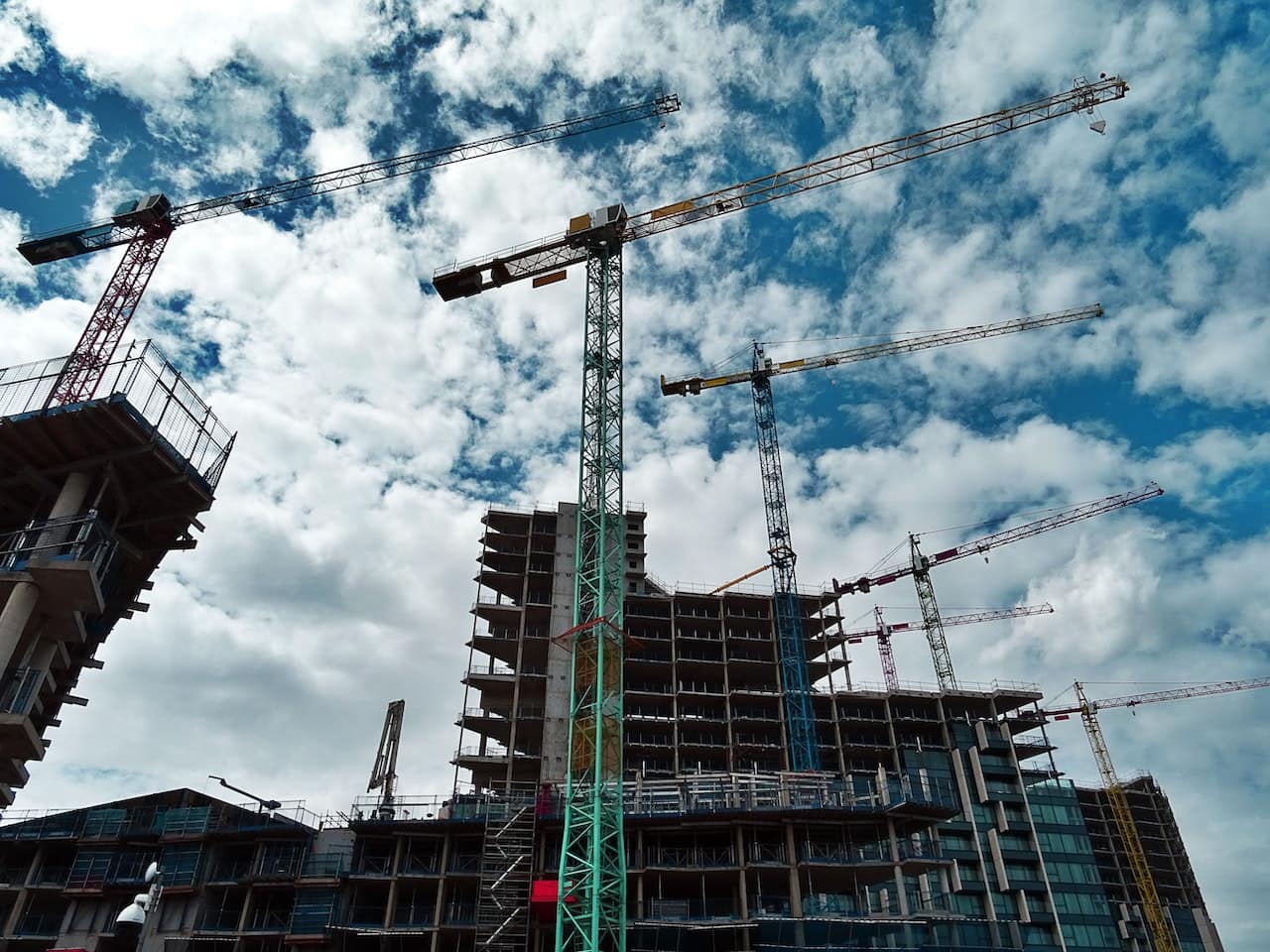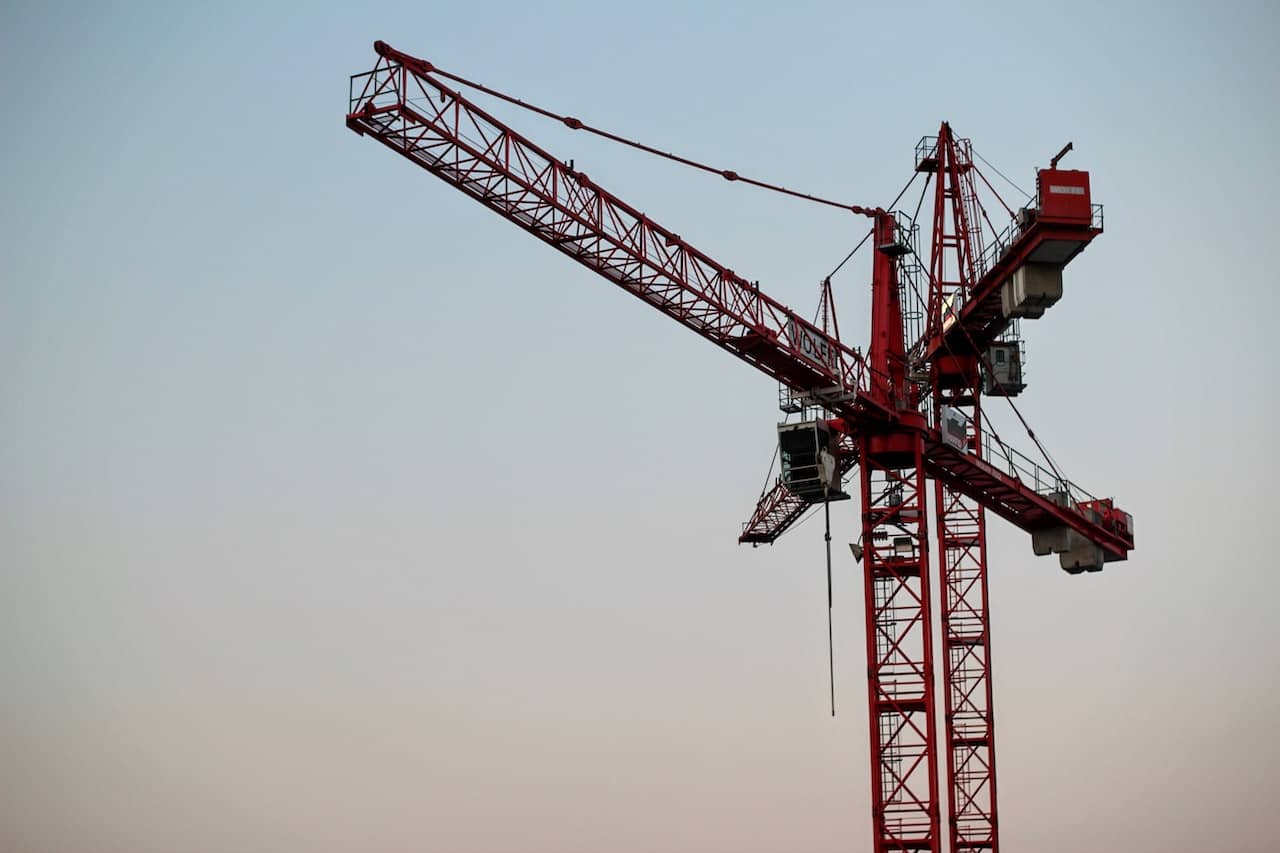Crane accidents can be devastating, causing severe injuries and even loss of life. If you or someone you know has been involved in a crane accident, it’s crucial to understand what steps to take after the incident. In this article, we will explore the four common causes of accidents involving cranes and provide three essential safety tips when dealing with these heavy machinery. So, let’s delve into the world of cranes and learn how to stay safe to avoid an injury at work.
Common Causes of Crane Accidents in the UK Construction Industry
Crane accidents in the UK construction industry can happen for many reasons. However, four main causes lead to most incidents. Understanding these causes not only raises awareness but also helps prevent future construction crane accidents from happening on-site.
1. Equipment Failure
One of the most frequent causes of a crane accident is equipment failure. Cranes are intricate machines with many moving components that must be regularly inspected and maintained. A single malfunction—whether because of poor maintenance, skipped safety inspections, or manufacturing defects—can lead to catastrophic outcomes. Regular servicing and adherence to safety standards are crucial to prevent mechanical breakdowns.
2. Operator Error
Operator error is another major contributor to crane accidents in the UK. Crane operators must be highly trained, alert, and focused. A small mistake—such as incorrect load handling, misjudged distances, or poor crane positioning—can result in serious injuries or even fatalities. Inadequate training, fatigue, and negligence often increase the risk of accidents on construction sites.
3. Environmental Factors
Adverse weather conditions and other environmental factors are also common causes of construction crane accidents. Strong winds, heavy rain, or slippery surfaces can destabilise cranes and increase the risk of tipping or collapsing. Additionally, cranes working near overhead power lines are at risk of making contact with live wires, which can result in fatal electrocution.
4. Lack of Communication
Clear and consistent communication is vital on any construction site where cranes are in use. A crane accident can happen easily. This is often because of misunderstandings or poor signaling between the crane operator and the ground crew. Without clear communication protocols, the likelihood of accidents increases significantly, especially when lifting heavy or awkward loads.
Know Your Rights After a Crane Accident
While prevention is essential, it’s equally important to know your legal rights if you’ve already been involved in a crane accident at work. Whether it’s because of faulty equipment or human error, you may be entitled to crane accident claims. National Claims connects injured workers with experienced solicitors who can help you file a crane accident claim and secure the compensation you deserve.
If you or someone you know has been affected by a crane accident in the UK, don’t delay—act today to protect your rights and your future.
What to Do After a Crane Injury
Getting hurt by a crane can be extremely stressful. However, taking the right steps right after the accident can help a lot in recovery. Here are some crucial guidelines to follow:
Ensure Safety and Seek Medical Attention
After a crane accident, the first priority is to ensure your safety and the safety of those around you. If you can move, try to find a secure location away from any immediate danger. If you or anyone else is seriously injured, call emergency services right away. Prompt medical attention is crucial, as it can help prevent further complications and ensure proper documentation of the injuries.
Report the Incident
Notify your supervisor or the person in charge of the construction site about the accident as soon as possible. Reporting the incident promptly is crucial for several reasons. It helps create an official record of the incident, ensures that investigators conduct proper investigations, and allows authorities to take the necessary steps to prevent similar accidents in the future.
Document the Scene and Injuries
If you are physically able, document the accident scene and your injuries. Take photographs or videos of the site, the crane involved, and any visible damages. These visual records can serve as valuable evidence if legal action becomes necessary. Additionally, seek medical documentation of your injuries, including medical reports, X-rays, or any other relevant medical records.
Stay Informed and Know Your Rights
Educate yourself about your rights as an accident victim and stay informed about the progress of your case. Understand the legal options available to you and the potential outcomes. Your attorney will guide you through the process and provide you with the necessary information, but staying informed will enable you to make informed decisions throughout the legal proceedings.

Conclusion
Crane accidents and injuries can have life-altering consequences. By understanding the common causes of crane accidents and following the necessary steps after an incident, you can protect your rights and work towards a fair recovery.
Crane accidents in the UK construction industry can happen for many reasons. However, four main causes lead to most incidents. Understanding these causes not only raises awareness but also helps prevent future construction crane accidents from happening on-site.
Consult with National Claims
Seeking legal guidance is essential after a crane injury, as it can help protect your rights and navigate the complex claims process. Consult with us at National Claims, where we specialise in workplace injuries. We can provide valuable guidance, assess the strength of your case, and help you pursue a fair compensation for your injuries, medical expenses, lost wages, and other damages.
Stay Informed and Know Your Rights
Educate yourself about your rights as an accident victim and stay informed about the progress of your case. Understand the legal options available to you and the potential outcomes. Your attorney will guide you through the process and provide you with the necessary information, but staying informed will enable you to make informed decisions throughout the legal proceedings.e your safety, seek medical attention, report the incident, document the scene and injuries, consult with an attorney, and cooperate with investigations. Focus on your recovery, stay informed, and consider safety measures for the future. Together, we can strive to prevent crane accidents and ensure a safer working environment for everyone involved.
Contact us today at National Claims to get started on your claim for your accident at work.
Click below to see why we are one of the most trusted claims management companies in the UK.





